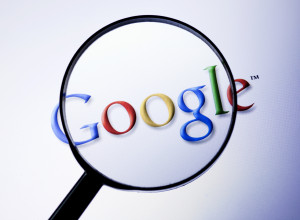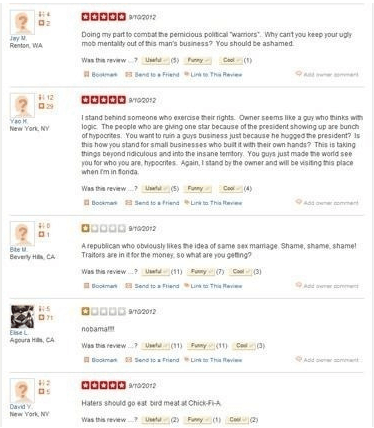Banks of Wisconsin, Kenosha, Wisconsin, was closed today by the Wisconsin Department of Financial Institutions, which appointed the Federal Deposit Insurance Corporation (FDIC) as receiver. To protect the depositors, the FDIC entered into a purchase and assumption agreement with North Shore Bank, FSB, Brookfield, Wisconsin, to assume all of the deposits of Banks of Wisconsin.
The two branches of Banks of Wisconsin, which did business as Bank of Kenosha, will reopen as branches of North Shore Bank, FSB, during their normal business hours. Depositors of Banks of Wisconsin will automatically become depositors of North Shore Bank, FSB. Deposits will continue to be insured by the FDIC, so there is no need for customers to change their banking relationship in order to retain their deposit insurance coverage up to applicable limits. Customers of Banks of Wisconsin should continue to use their existing branch until they receive notice from North Shore Bank, FSB that it has completed systems changes to allow other North Shore Bank, FSB branches to process their accounts as well.
This evening and over the weekend, depositors of Banks of Wisconsin can access their money by writing checks or using ATM or debit cards. Checks drawn on the bank will continue to be processed. Loan customers should continue to make their payments as usual.
As of March 31, 2012, Banks of Wisconsin had approximately $134.0 million in total assets and $127.6 million in total deposits. In addition to assuming all of the deposits of the failed bank, North Shore Bank, FSB agreed to purchase approximately $97.4 million of the failed bank's assets. The FDIC will retain the remaining assets for later disposition.
Customers with questions about today's transaction should call the FDIC toll-free at 1-800-355-0814. The phone number will be operational this evening until 9:00 p.m., Central Daylight Time (CDT); on Saturday from 9:00 a.m. to 6:00 p.m., CDT; on Sunday from noon to 6:00 p.m., CDT; on Monday from 8 a.m. to 8 p.m., CDT; and thereafter from 9:00 a.m. to 5:00 p.m., CDT. Interested parties also can visit the FDIC's Web site at http://www.fdic.gov/bank/
The FDIC estimates that the cost to the Deposit Insurance Fund (DIF) will be $26.3 million. Compared to other alternatives, North Shore Bank, FSB's acquisition was the least costly resolution for the FDIC's DIF. Banks of Wisconsin is the 14th FDIC-insured institution to fail in the nation this year, and the first in Wisconsin. The last FDIC-insured institution closed in the state was Legacy Bank, Milwaukee, on March 11, 2011.
# # #
Congress created the Federal Deposit Insurance Corporation in 1933 to restore public confidence in the nation's banking system. The FDIC insures deposits at the nation's 7,019 banks and savings associations, and it promotes the safety and soundness of these institutions by identifying, monitoring and addressing risks to which they are exposed. The FDIC receives no federal tax dollars — insured financial institutions fund its operations.
FDIC press releases and other information are available on the Internet at www.fdic.gov, by subscription electronically (go towww.fdic.gov/about/
The FDIC does not send unsolicited e-mail. If this publication has reached you in error, or if you no longer wish to receive this service, pleaseunsubscribe.
| Questions for FDIC? Contact Us |






